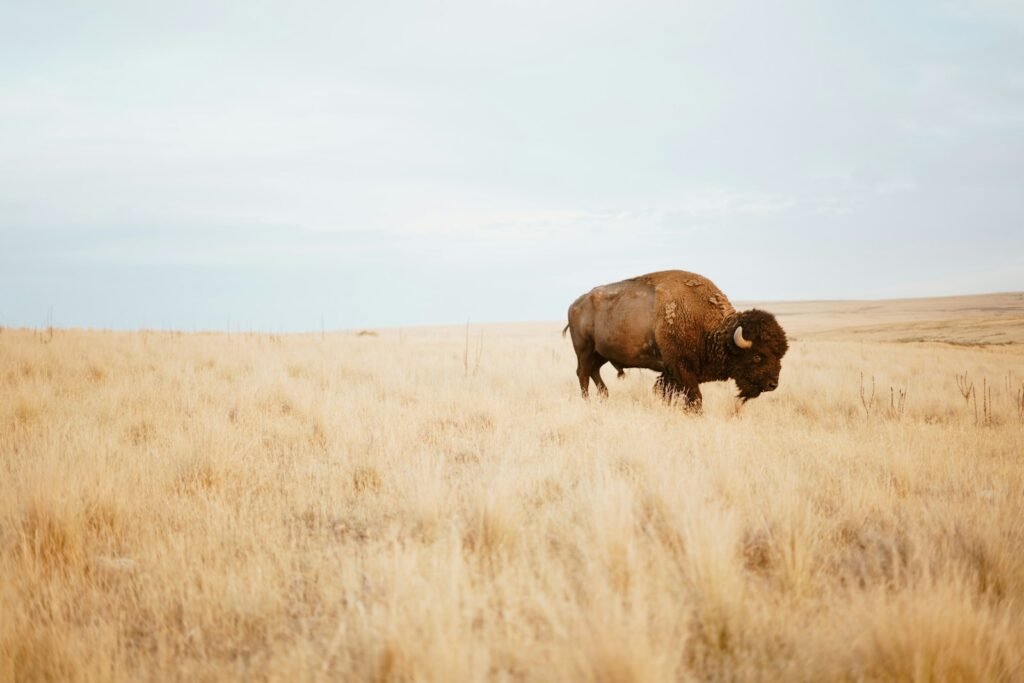The rich tapestry of Malaysia’s history is not just woven with the threads of human civilizations but also with the remarkable stories of ancient giants that once roamed its lands. These giants, known as megafauna, left behind a trail of fossil evidence that offers a tantalizing glimpse into a world long gone. Imagine a time when massive creatures wandered freely, shaping the landscapes and ecosystems in ways we can only begin to comprehend. This article delves into the fascinating world of these ancient giants, exploring their existence, the environments they inhabited, and the clues they left behind for us to piece together their story.
Unearthing the Giants: Discovering Fossil Evidence
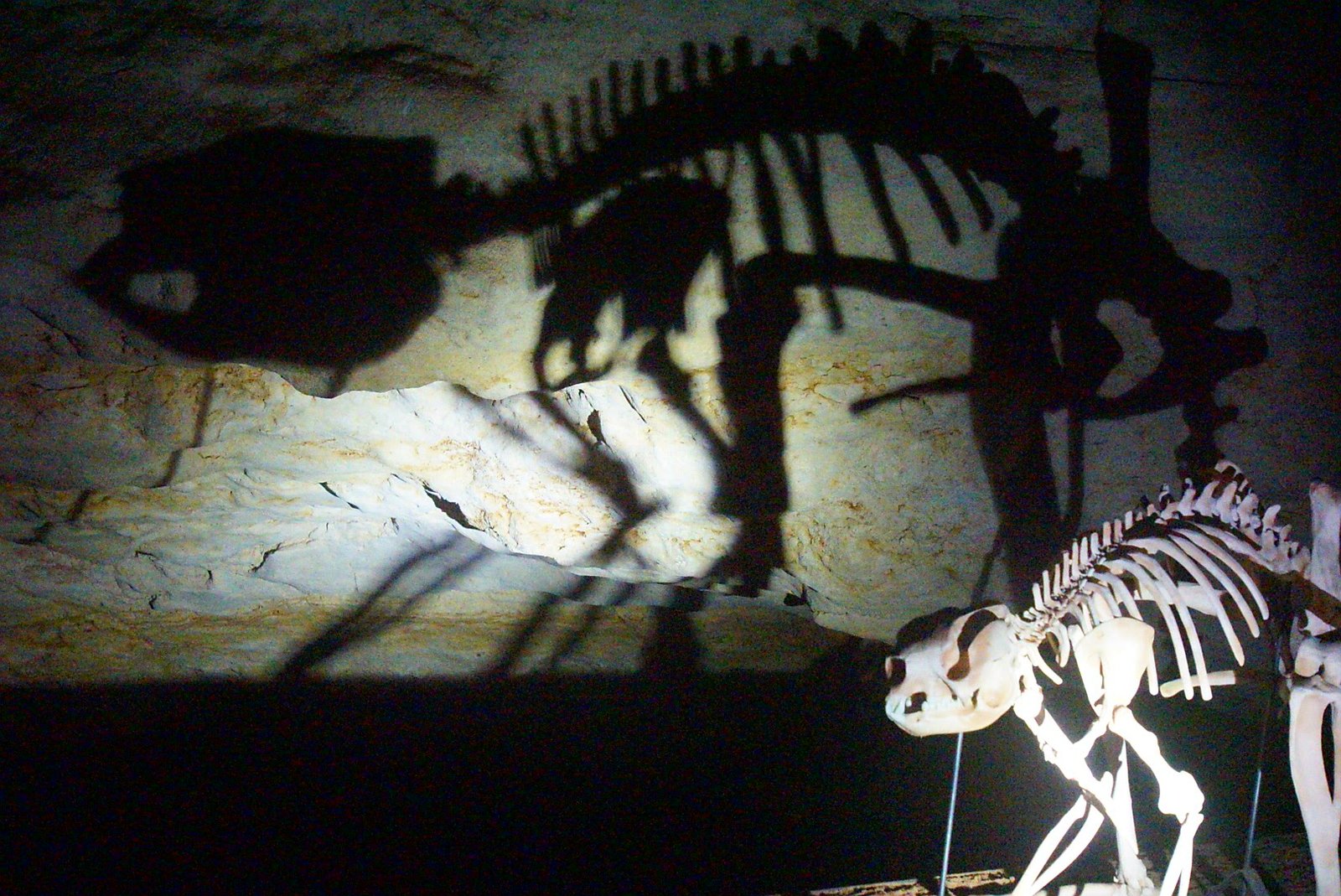
Fossils are nature’s time capsules, preserving ancient life for us to study. In Malaysia, the discovery of megafauna fossils has been a thrilling journey for paleontologists. These fossils, ranging from massive bones to teeth, are scattered across different regions, each telling its own story. The process of unearthing these fossils is meticulous and requires careful excavation and analysis. Paleontologists often compare it to piecing together a jigsaw puzzle without knowing the final image. The discovery of these fossils in Malaysia has opened a window into a world where giant creatures once thrived, providing insights into their behaviors and interactions with their environment.
Meet the Megafauna: A Glimpse into Their World
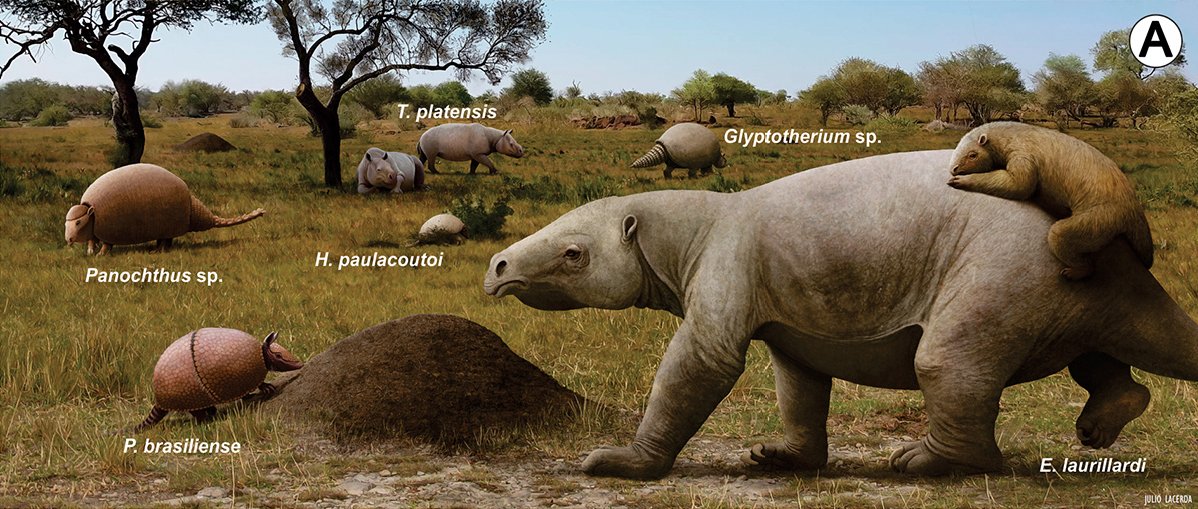
The term “megafauna” refers to large animals that lived during the Pleistocene epoch. These creatures were not just bigger versions of animals we know today; they were unique species with distinct features. In Malaysia, some of the known megafauna included the Stegodon, a prehistoric elephant with massive tusks, and the gigantic Malayan tapir. These animals played crucial roles in their ecosystems, influencing vegetation patterns and the survival of other species. Imagine a landscape dominated by these colossal beings, their sheer size and strength shaping the very land they walked on.
The Climate Connection: How Environment Shaped Megafauna
The Pleistocene epoch was a time of significant climatic changes that greatly impacted the existence of megafauna in Malaysia. Fluctuations in temperature and sea levels created diverse habitats, from dense rainforests to open savannas. These environments provided the necessary resources for megafauna to thrive. However, as the climate continued to change, many of these giants faced challenges in adapting to new conditions. The study of fossilized pollen and plant remains found alongside megafauna fossils helps scientists reconstruct the ancient climates and understand how these creatures adapted or succumbed to environmental pressures.
Interactions and Ecosystems: The Role of Megafauna

Megafauna were not solitary giants; they were integral parts of complex ecosystems. Their interactions with other species and the environment were crucial for maintaining ecological balance. For instance, large herbivores like the Stegodon helped in seed dispersal, promoting plant diversity. Predators, on the other hand, controlled the populations of these herbivores, preventing overgrazing. This delicate balance ensured the health and sustainability of the ecosystems they inhabited. The fossil record provides evidence of these interactions, revealing a rich tapestry of life where each creature played a vital role.
The Mystery of Extinction: What Happened to the Giants?
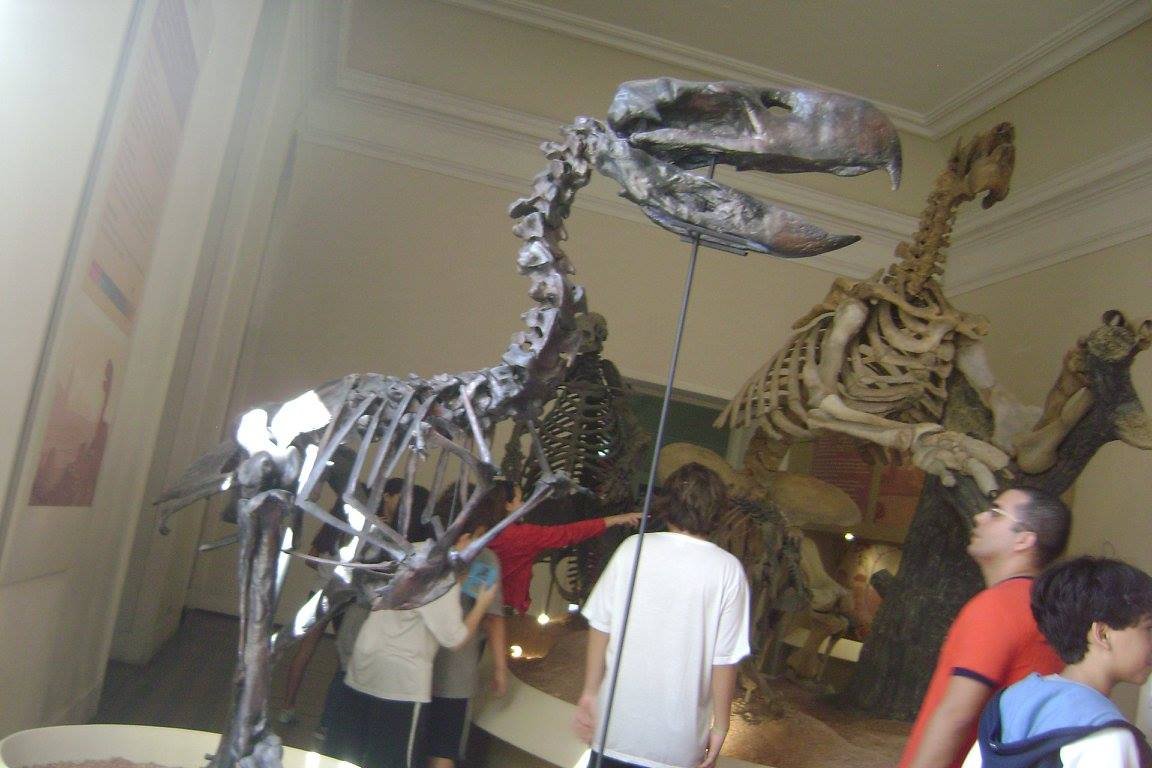
The extinction of megafauna in Malaysia remains one of the great mysteries of paleontology. Several theories attempt to explain their disappearance, ranging from climate change to human activities. Some scientists believe that rapid climatic shifts led to habitat loss, making survival difficult for these giants. Others argue that early human hunters may have played a role in their extinction through overhunting. The truth may lie in a combination of factors, each contributing to the gradual decline of these magnificent creatures. Understanding the causes of their extinction can offer valuable lessons for modern conservation efforts.
The Role of Human Activity: Friend or Foe?
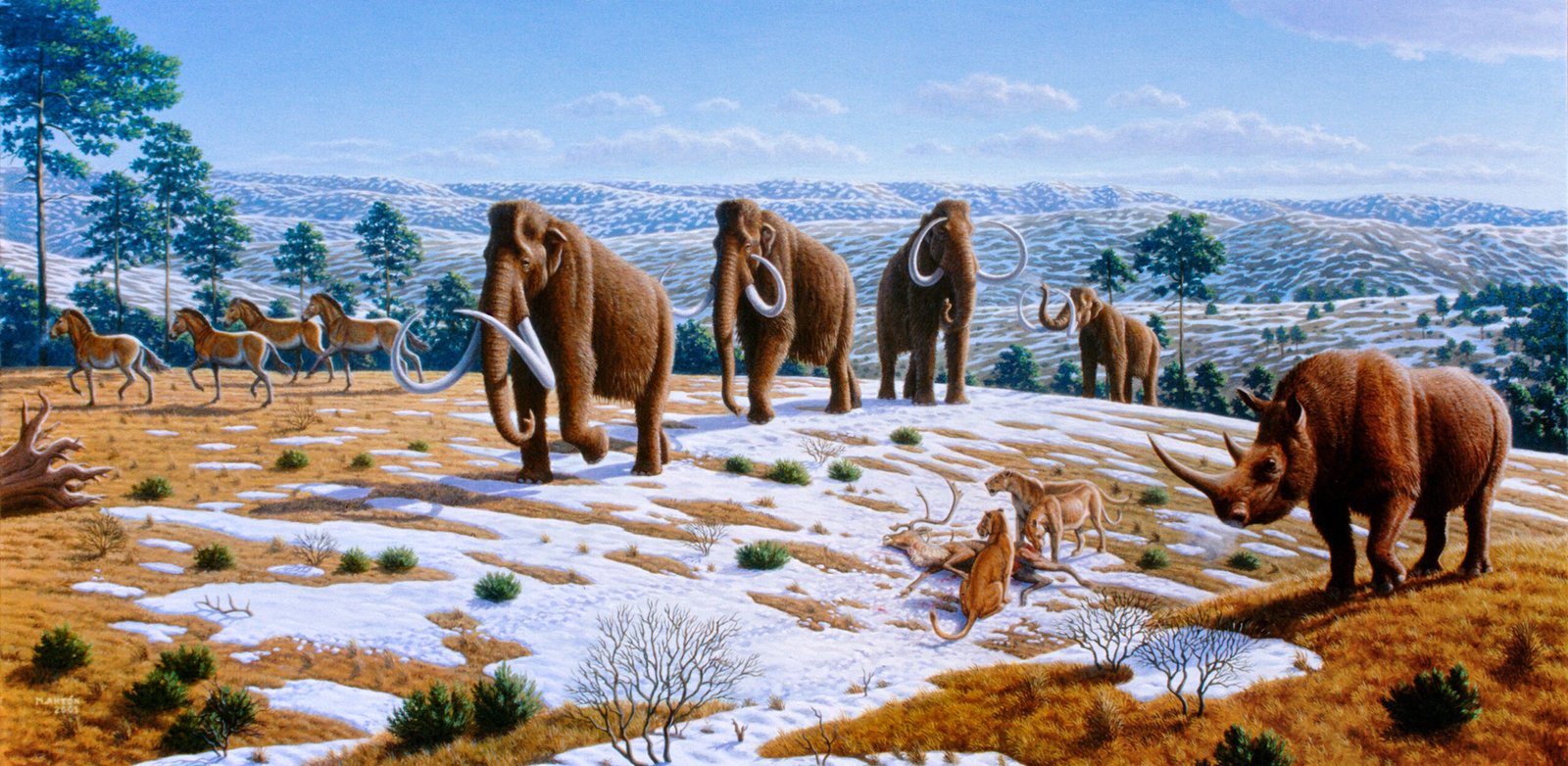
As humans began to spread across the globe, their impact on megafauna was profound. In Malaysia, early humans may have encountered these giant creatures, leading to interactions that could have been both beneficial and detrimental. While some megafauna may have been hunted for food, others could have provided valuable resources such as bones for tools. However, the overexploitation of these resources could have accelerated the decline of certain species. The relationship between humans and megafauna is a complex one, with evidence suggesting both coexistence and conflict. This intricate dynamic continues to be a subject of study and debate among researchers.
Modern-Day Relatives: Tracing Ancestral Links
While the ancient giants of Malaysia have long since vanished, their legacy lives on through their modern-day relatives. Many of today’s species can trace their ancestry back to these megafauna, carrying with them traits and adaptations that have stood the test of time. For instance, the Asian elephant shares a common lineage with the extinct Stegodon, showcasing similarities in physical characteristics and behaviors. Studying these connections provides valuable insights into the evolutionary paths of these animals and helps us understand how they adapted to changing environments over millennia.
Paleontological Techniques: Unlocking Secrets from the Past
The study of megafauna fossils is a meticulous process that involves various scientific techniques. Paleontologists employ methods such as radiometric dating to determine the age of fossils, while advanced imaging technologies like CT scans help visualize internal structures. These techniques allow scientists to reconstruct the anatomy and physiology of extinct creatures, providing clues about their lifestyles and habitats. Additionally, isotopic analysis of fossilized remains can reveal information about the diets and migration patterns of these giants. Each fossil is a piece of a larger puzzle, and through careful analysis, researchers can unravel the secrets of a bygone era.
The Significance of Fossil Discoveries: Bridging Past and Present
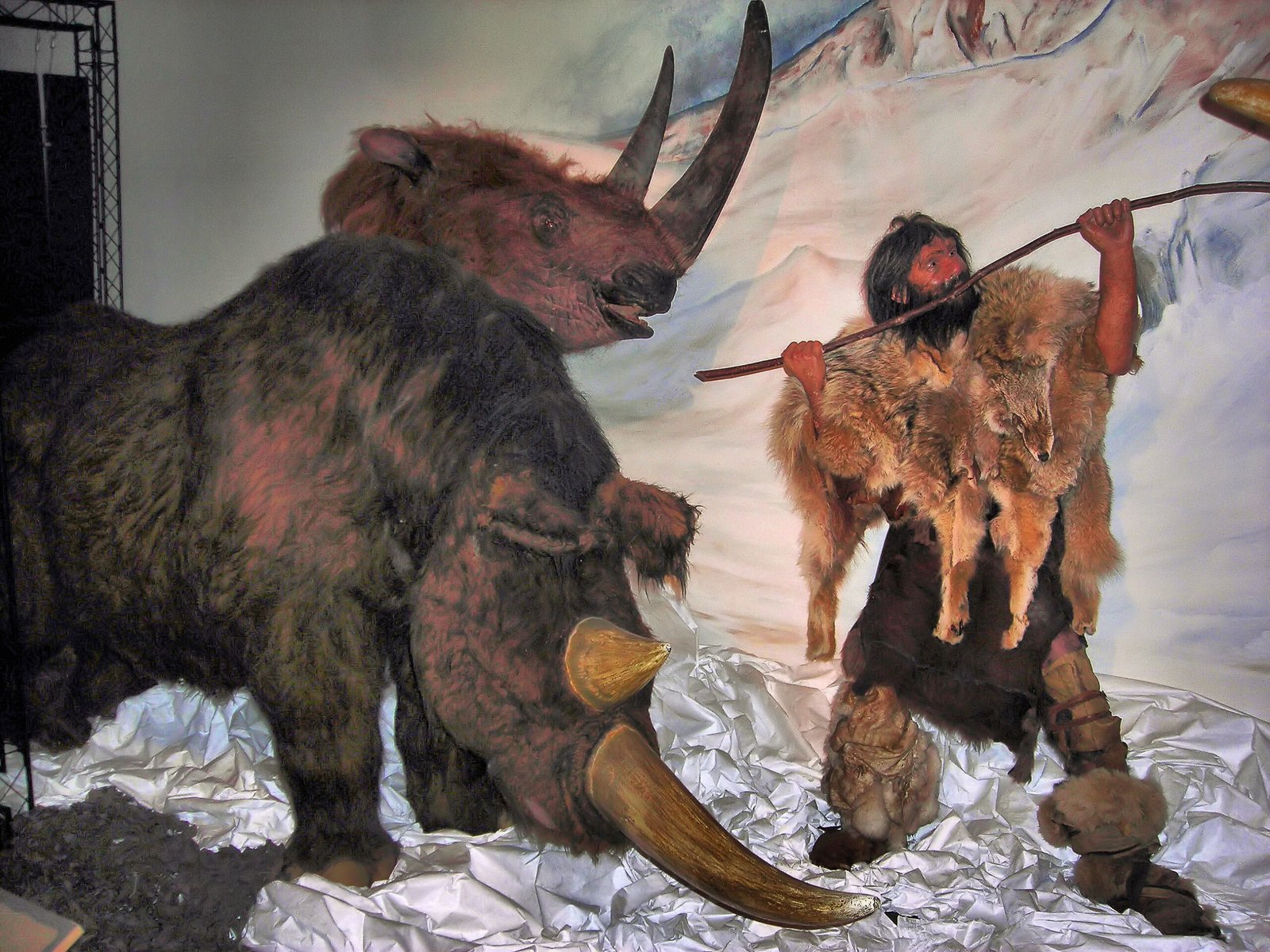
Fossil discoveries in Malaysia hold immense significance for both scientific research and public education. They serve as tangible links to the past, connecting us to a world that once existed. These finds offer invaluable insights into the history of life on Earth and the processes that have shaped biodiversity over time. By studying these ancient giants, scientists gain a deeper understanding of evolution, adaptation, and extinction. Moreover, such discoveries inspire curiosity and wonder, encouraging people to appreciate the richness of our planet’s natural history and the importance of preserving its heritage for future generations.
Conserving the Legacy: Lessons for the Future
The story of Malaysia’s ancient giants is not just a tale of the past but a reminder of the fragility of life on Earth. As we uncover the mysteries of these megafauna, we are reminded of the importance of conservation and sustainable practices. The lessons learned from their extinction can guide us in protecting the biodiversity that remains today. By fostering a deep appreciation for our natural world, we can work towards a future where humans coexist harmoniously with nature. The legacy of these ancient giants serves as a call to action, urging us to cherish and safeguard the planet for generations to come.


